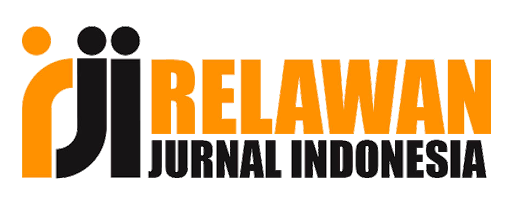ISTIKHLAF: Jurnal Ekonomi, Perbankan dan Manajemen Syariah
ISSN : 2774-2466 (Online) 
ISSN : 2775-1341 (Print) 
BEFORE YOU SUBMIT
POLICIES
SUBMISSIONS
TEMPLATE
SCREENING TOOLS
REFERENCE MANAGEMENT
SUPERVISED BY
INDEXING
Google Scholar, Garuda, Moraref, Sinta 5,





